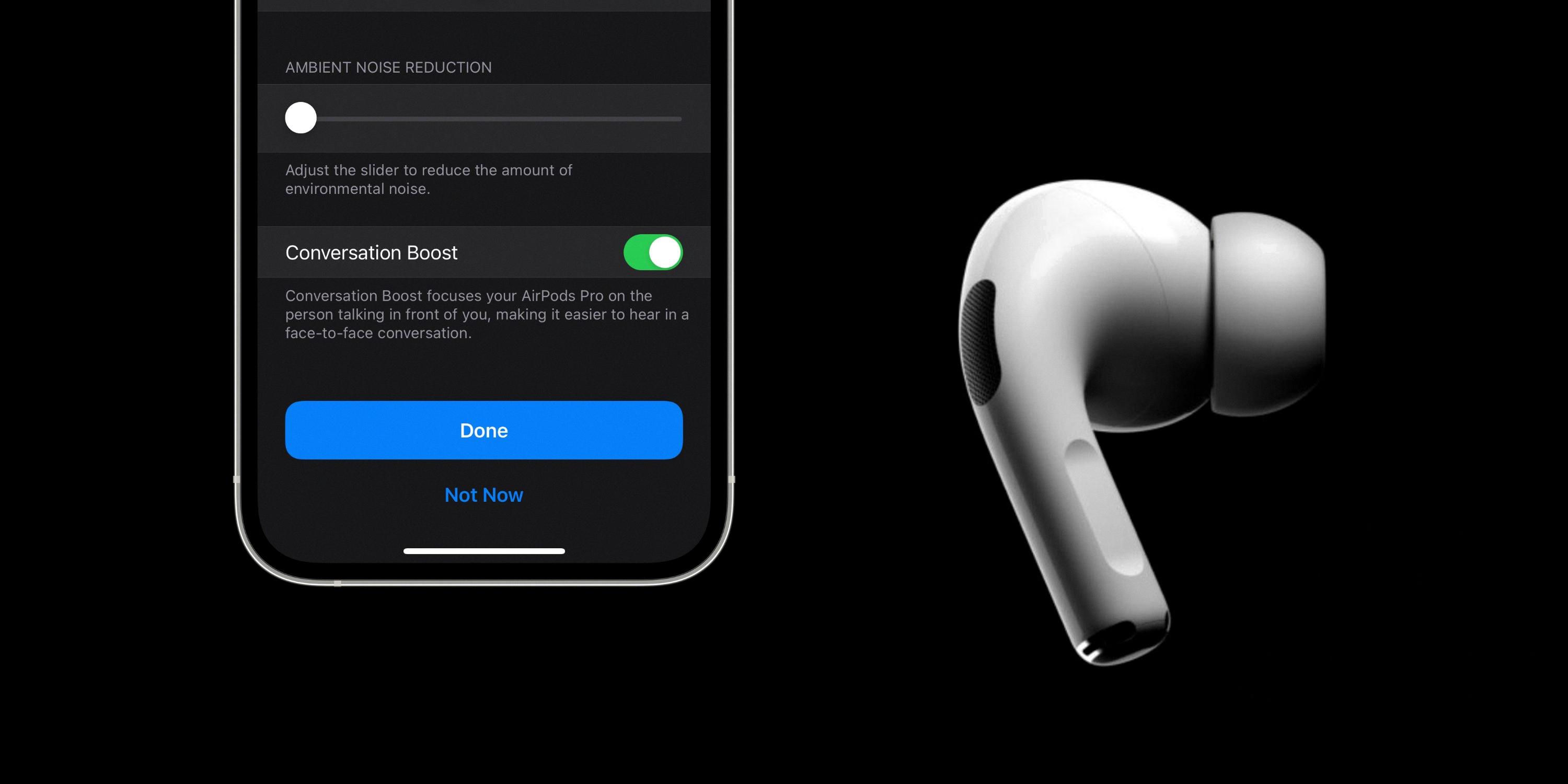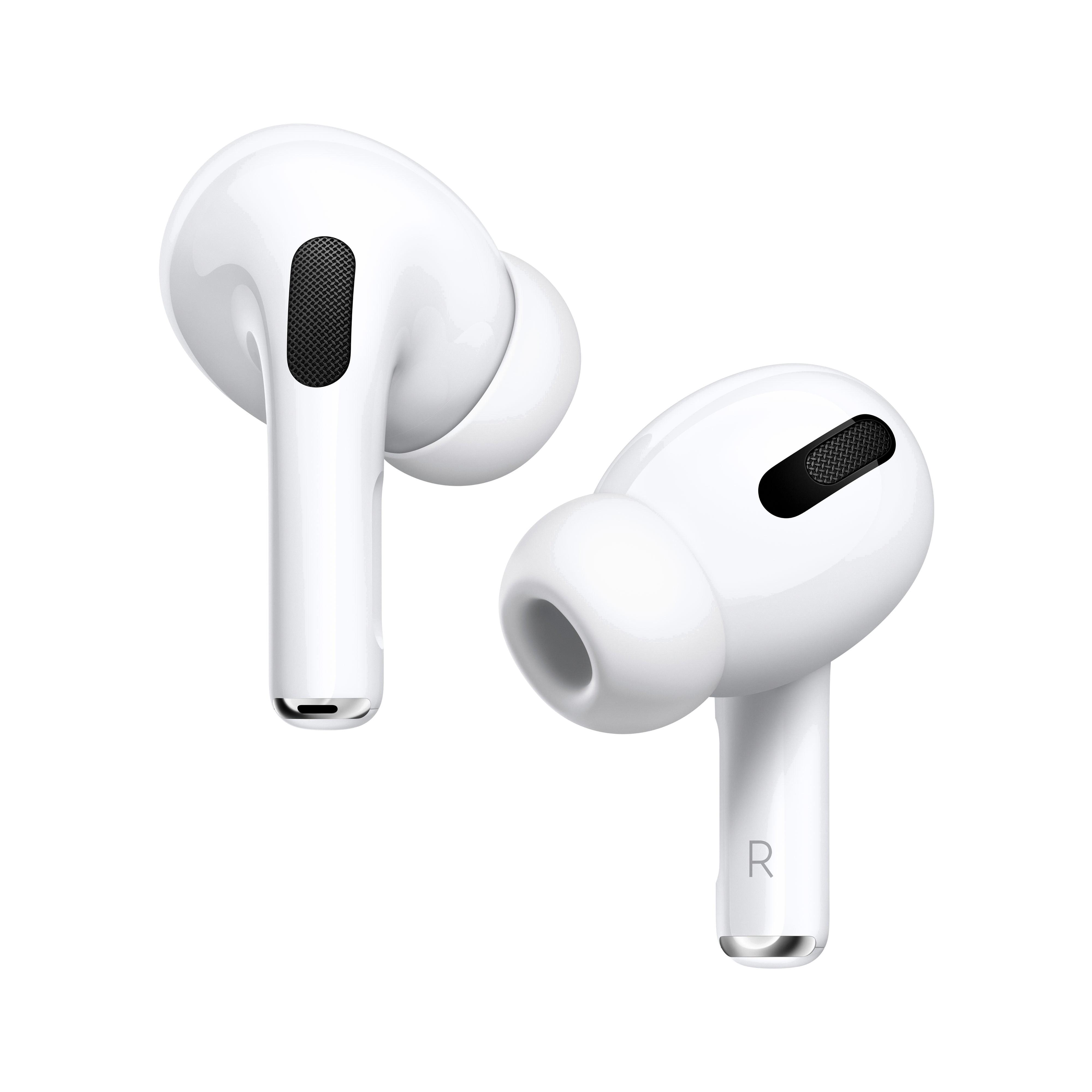AirPods have revolutionized the way we listen to music and make calls on the go. These wireless earphones offer convenience, portability, and a seamless connection to our devices. However, there are instances when you might encounter an issue with your AirPods, such as when no one can hear you during a call. In this article, we will explore the possible reasons behind this problem and provide some solutions to help you troubleshoot and resolve the issue.
One of the common reasons why people may not be able to hear you on your AirPods is due to obstructed microphones. The AirPods have built-in microphones that capture your voice during calls. If these microphones are blocked or covered, it can result in muffled or no sound transmission. Therefore, it is essential to ensure that the microphones on your AirPods are not obstructed by dirt, debris, or any other objects. Carefully inspect and clean the microphones to ensure proper functionality.
Another factor that can contribute to the issue is a low battery. When your AirPods have a low battery, it can affect the quality of the sound and microphone performance. To check the battery level of your AirPods, open the charging case near your iPhone and check the battery widget on your device. If the battery is low, consider charging your AirPods before using them for calls to ensure optimal performance.
Poor connection or a weak Bluetooth signal can also cause issues with the microphone on your AirPods. Ensure that your AirPods are properly connected to your iPhone or other devices. If the connection is weak or unstable, try moving closer to your device or resetting the Bluetooth settings. You can do this by going to the settings on your iPhone, selecting Bluetooth, and toggling it off and on again.
Outdated firmware on your AirPods can also result in microphone issues. Apple regularly releases firmware updates for AirPods to improve performance and fix bugs. To check for updates, ensure that your AirPods are connected to your iPhone and go to the settings, then select General, About, and AirPods. If an update is available, follow the on-screen instructions to install it and enhance the functionality of your AirPods.
In some cases, the microphone settings on your device might be the culprit. Ensure that the microphone is enabled for calls and that the correct microphone input is selected. On your iPhone, go to the settings, select Privacy, Microphone, and make sure that the toggle switch for your AirPods is turned on. Additionally, check the audio settings during calls and adjust the volume and microphone levels if necessary.
Lastly, damaged microphones can also cause issues with sound transmission on your AirPods. If you have tried all the troubleshooting steps mentioned above and the problem persists, it is possible that the microphones on your AirPods are damaged. In this case, it is advisable to contact Apple Support or visit an authorized service center to get your AirPods inspected and repaired.
If people can’t hear you on your AirPods during calls, there are several factors that could be causing the issue. These include obstructed microphones, low battery, poor connection, outdated firmware, microphone settings, and damaged microphones. By following the troubleshooting steps mentioned above, you can identify and resolve the problem, ensuring optimal sound transmission during your calls.
Why Can’t The Person Hear You On Your AirPods?
There are multiple reasons why the person you are communicating with may not be able to hear you through your AirPods. Here are the possible explanations:
1. Obstructed microphones: Ensure that the microphones on your AirPods are not covered or obstructed by any dirt, debris, or other physical obstructions. Clean the microphones gently using a soft cloth or brush.
2. Low battery: If the battery of your AirPods is running low, it may affect the microphone performance. Check the battery status of your AirPods and charge them if necessary.
3. Poor connection: A weak or unstable Bluetooth connection between your AirPods and the device you are using may result in audio issues. Make sure your AirPods are connected properly and try moving closer to the device to strengthen the connection.
4. Outdated firmware: Outdated firmware on your AirPods can lead to compatibility issues and affect the microphone functionality. Check for any available firmware updates and install them if needed.
5. Microphone settings: Ensure that the microphone settings on your device are properly configured to use the AirPods as the audio input source. Adjust the settings accordingly to enable the microphones on your AirPods.
6. Damaged microphones: Physical damage to the microphones on your AirPods can affect their performance. Examine the microphones for any visible damage, such as cracks or dents. If you notice any damage, consider contacting Apple support for further assistance.
By addressing these potential issues, you should be able to troubleshoot and resolve the problem of people not being able to hear you on your AirPods.

How Do You Fix Your AirPods That Everyone Can Hear?
To fix the issue of AirPods that everyone can hear, you can follow these steps:
1. Start by ensuring that your AirPods are properly inserted in your ears. Check if they are positioned correctly and securely for optimal sound isolation.
2. Clean your AirPods. Over time, earwax or debris may accumulate on the speaker grilles, which can affect the sound quality. Use a soft, dry cloth or a gentle brush to clean the AirPods and remove any buildup.
3. Adjust the volume settings on your device. Sometimes, the volume may be set too high, causing sound leakage. Lower the volume on your iPhone or other connected device to a comfortable level.
4. Check the fit of your AirPods. If the AirPods don’t fit properly in your ears, sound leakage can occur. You can try using different ear tips or consider purchasing third-party ear tips that provide a better seal.
5. Enable noise cancellation or transparency mode. If you have AirPods Pro, you can activate the noise cancellation or transparency mode to help reduce sound leakage. Open the Control Center on your iPhone and adjust the settings accordingly.
6. Update your AirPods’ firmware. Occasionally, Apple releases firmware updates for AirPods that can address various issues, including sound leakage. Ensure that your AirPods are running the latest firmware version by connecting them to your iPhone and checking for updates in the Bluetooth settings.
7. Reset your AirPods. If none of the above solutions work, you can try resetting your AirPods. Open the case lid and press and hold the button on the back of the case until the LED light on the front starts flashing amber. Then, re-pair your AirPods with your iPhone.
If the problem persists after trying these steps, it may be worth contacting Apple Support or visiting an authorized service provider to further diagnose and resolve the issue.
Conclusion
There are several potential reasons why individuals may experience difficulties with the audio quality or microphone function on their AirPods. One possible cause could be obstructed microphones, which could occur if there is debris or dirt blocking the openings. In such cases, it is recommended to carefully clean the microphones using a soft, lint-free cloth.
Another potential issue could be a low battery level. If the AirPods are running on low power, they may not function properly or produce sound. To address this, it is advisable to charge the AirPods fully before attempting to use them again.
Poor connection or signal strength can also affect the audio quality. This can be resolved by ensuring that the AirPods are within close proximity to the connected device, such as an iPhone, and that there are no physical obstacles obstructing the signal. Additionally, checking for any software updates and installing the latest firmware can help improve connectivity and overall performance.
Sometimes, the microphone settings on the connected device, such as the iPhone, may need to be adjusted to ensure proper functionality of the AirPods. It is recommended to check the settings and make sure the microphone is enabled and configured correctly.
Lastly, if all else fails, it is possible that the microphones on the AirPods may be damaged or faulty. In such cases, it is advisable to contact Apple support or visit an authorized service center for further assistance and potential repairs.
Troubleshooting issues with AirPods can involve several factors, but by following these steps and guidelines, users can increase the chances of resolving any audio or microphone-related problems they may encounter.








